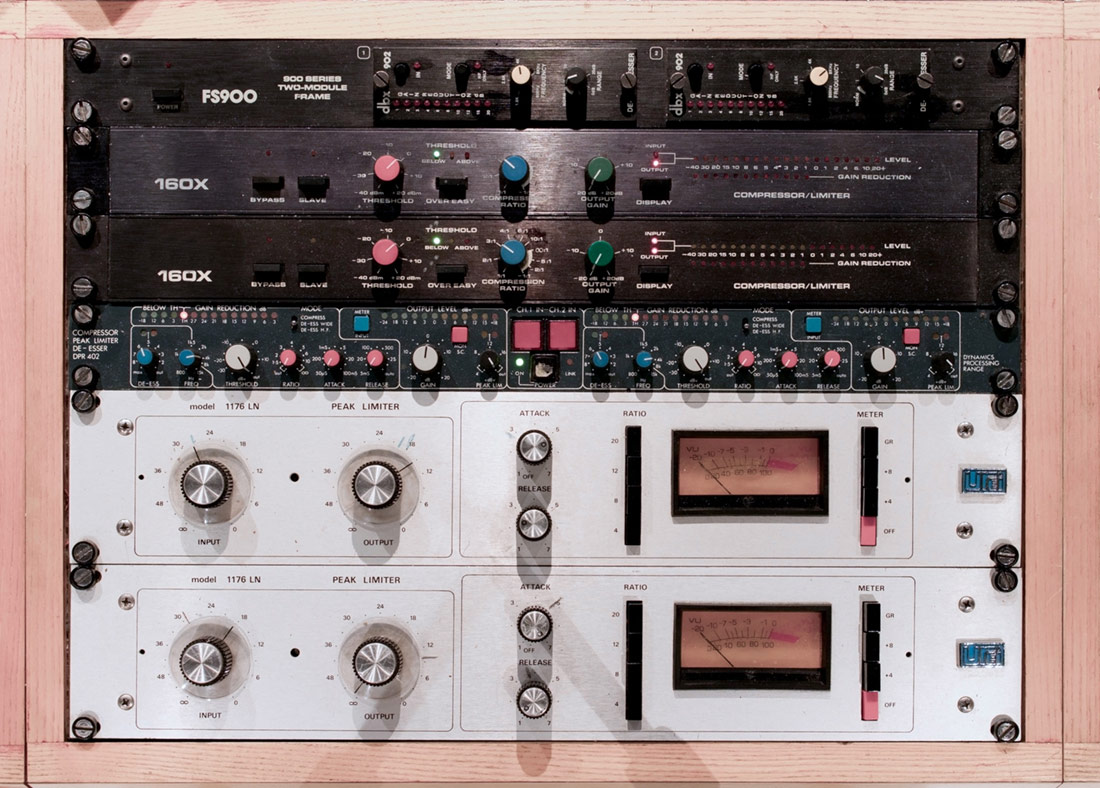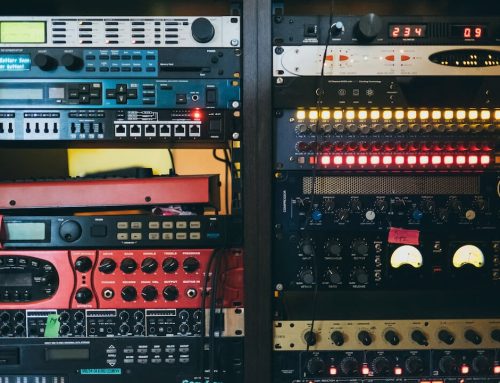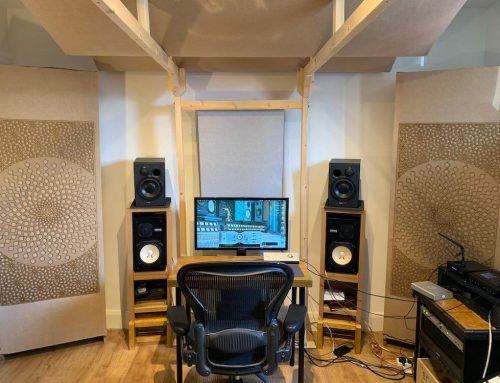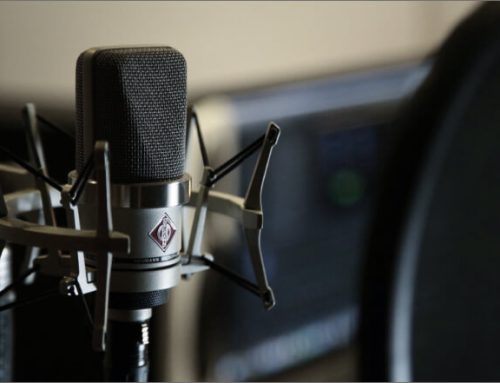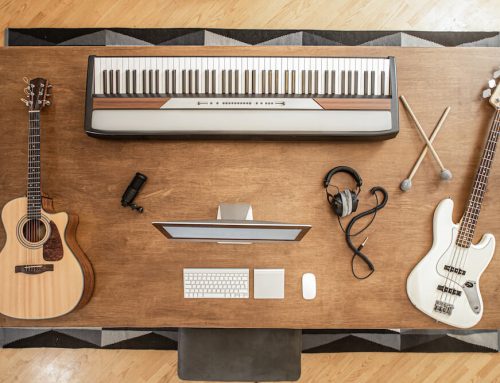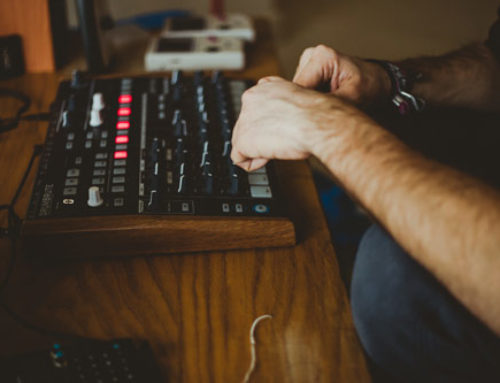Creatively speaking, parallel compression is an effect. Technically speaking, you’re controlling the dynamic spectrum of a sound while simultaneously preserving its authenticity in your mix. The creative concept is far easier than the complicated process it’s made out to be. Like making a cup of coffee, duplicate the track, throw whatever compressor you want on said duplicated track, blend to taste with the original track. It’s that simple.
Most engineers have various ways to be creative with their mixes and parallel compression is just one of them. It’s a technique used to adjust the character of a source. That could mean amplifying or strengthening that source, or even separating it for dimension. The options are endless so the real question then becomes what is the real value of applying this technique? Why would you want to squash a drum bus, just to factor it back in later? I think most engineers can only answer that after they hear their final product but after all that labor-intensive work one thing is for certain – parallel compression is a mystery you have to want to investigate.
If you have a specific goal in mind when using parallel compression, be open for a variety of results because many of them will not be what you originally foresaw when you started. Think of it as an adventure. You can almost treat it as more of an EFX than a dynamic processor. You may be wondering, ‘If my drum buss is where I want it in the mix, why brew in a more saturated duplicate?’ Because it might sound better, that’s why. It might fill out your drums without compromising level. It might expose those ghost notes on the snare and bring a whole new feel to the verse. Compressors are magical creatures. They can find the fracture in that kick drum you didn’t even know was there.
Let’s not stop at just the drum buss. This technique is both subtly and ambitiously used on vocals, keys, mono synths, even on verb tracks – you name it. The goal here is to control the elements of your track. If your drums are nice and crisp, how are your guitars? No one wants to ruin the dynamics of a nice pair of shredding guitars, but everyone wants to hear the harmonic details and life in them. So let’s talk about how to pull off this kind of magic and what kind of wand you’ll need.
As I mentioned above, duplicate your track first. This may be a solo track, your drum buss, vocal bus, or even your entire mix buss track. Be gentle with that entire mix though because your mastering engineer may stop talking to you. Once you have a whole new track, add an insert compressor. Now, mute the original. I usually don’t like to recommend anyone compressor because every monster is different. There’s no sense in me telling you to throw the SSL G-Master on it when I have no idea if you have 2 guitar tracks and a vocal or 48 tracks of dubstep kicks. So pick one and experiment with it. Try anything and everything – from high ratios for limiting, to fast and slow attacks to suit the material. You can even set the threshold under the lowest level to fully contain your dynamics. Once you find something weird at a normal level on its own and you’re happy with it, get to blending.
At this point, try to process what you’re hearing. Your new combination may not be as lean and weak. The other tracks may now be affected and sometimes negatively if it’s occupying the same frequency range. Adjust those. Committing to this process opens up a whole new session for you. If you’re not at least attempting this from multiple sources, you may be missing out on a better mix.
So do you stop at compression? You could. But go ahead and throw on an EQ as well. Maybe even a Saturator. You could even do multiple compressors – see what happens. The name of the game here is creativity, not parallel compression. You might want to hear that harmonic detail in those guitars but you also might want to see what the blend sounds like of them squashed with the entire low end rolled off. You might only want to focus on the low-mids of those guitars so EQ that range and then grab it with your compressor.
You’re never going to know what magic you can unleash in your mix if you don’t experiment with a variety of often underused techniques like parallel compression. If you read every other article out about this process and just punch in the numbers, music would all sound the same. This is all about the creative process of making music with integrity and originality. Don’t let anyone tell you what you can and can’t do. Unless, of course, it’s your mastering engineer.
PJ Hatch – Mix Engineer and Music Producer
www.pjhatch.com


